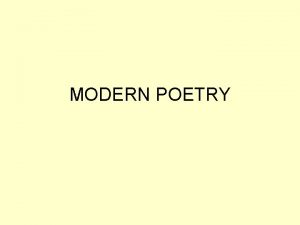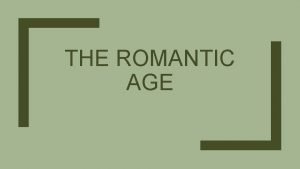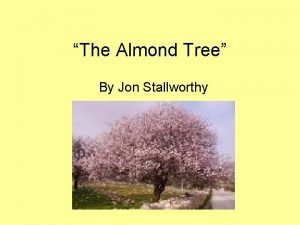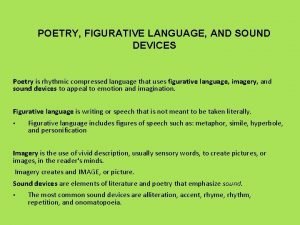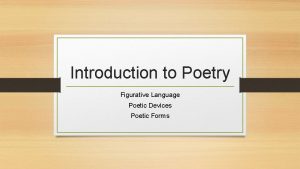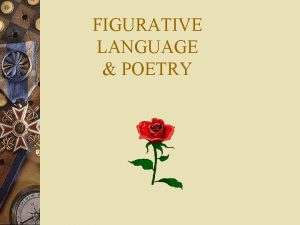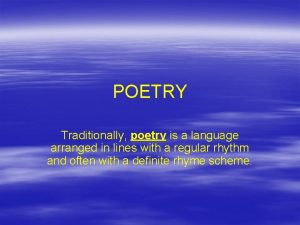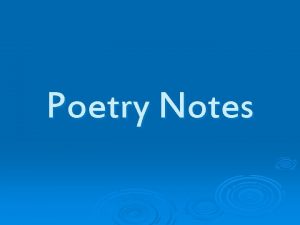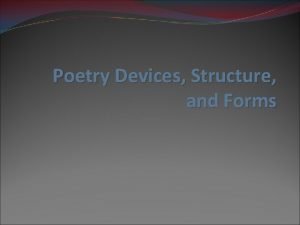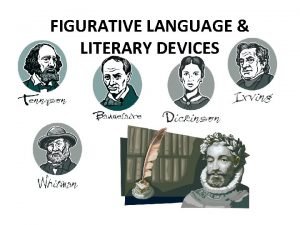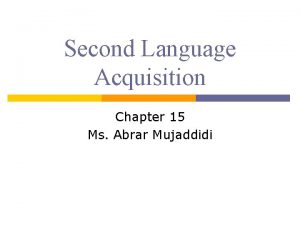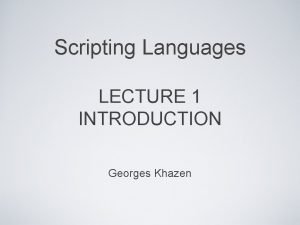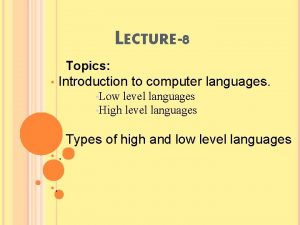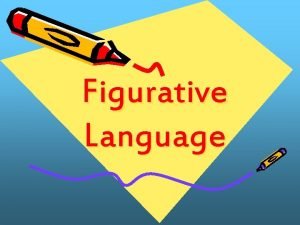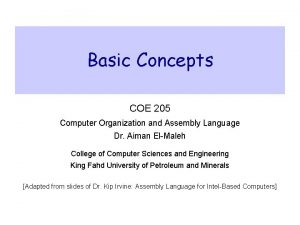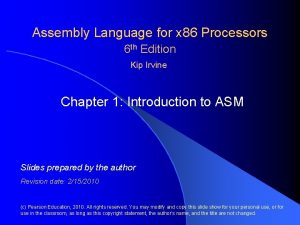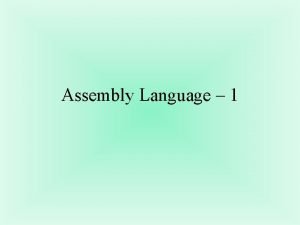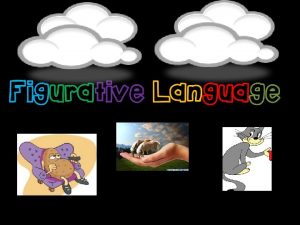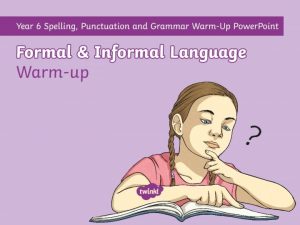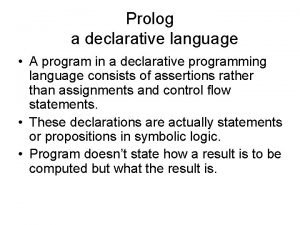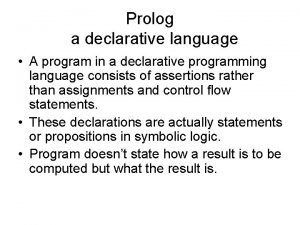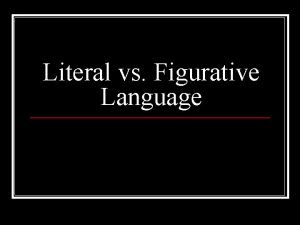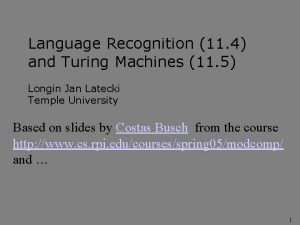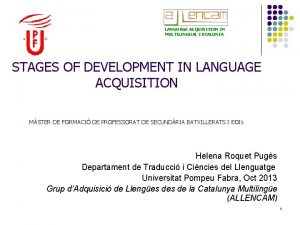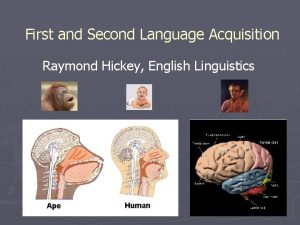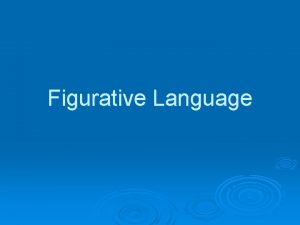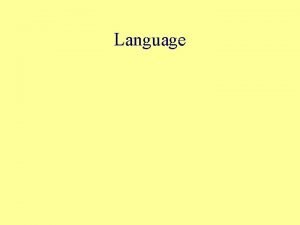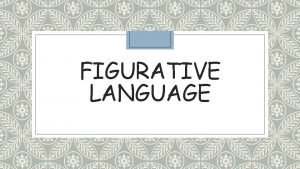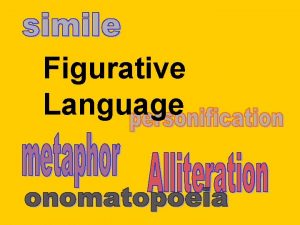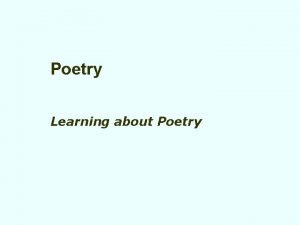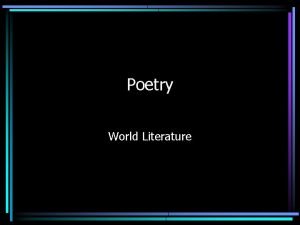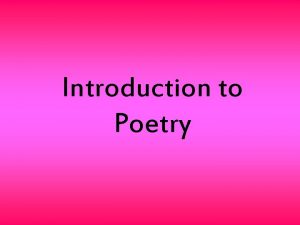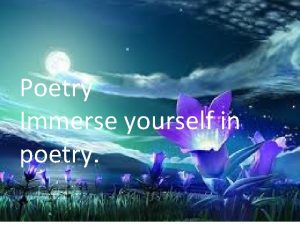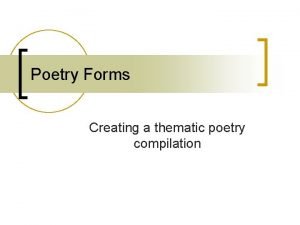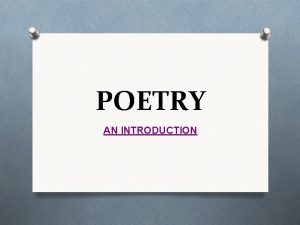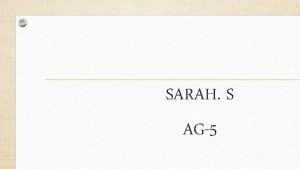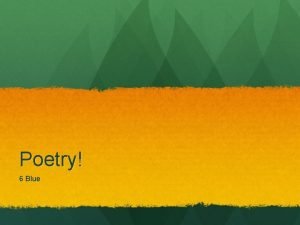Poetry What is Poetry Poetry is language that













































- Slides: 45

Poetry

What is Poetry?


Poetry is language that says more than ordinary language and says it with fewer words and in less space. Like other writers poets choose words for their sense, but they also choose words for what they hint at or suggest, for the way they sound, and for the word pictures they create. Ordinary language makes sense. Poetry makes sense-and sound, and rhythm and music, and vision.

Poetry Elements and Vocabulary

Types of Poetry

Lyric Poetry A highly musical verse that expresses the observations and feelings of a single speaker.

Narrative Poetry A type of poetry that has a plot and tells a story. The poems that make up this genre may be short or long, and the story it relates to may be simple or complex

Types of Poems Haiku Diamante Cinquain Concrete Sonnet

Haiku A Japanese verse in three lines Line one: 5 syllables Line two: 7 syllables Line three: 5 syllables

Water slaps the shore Against the white crystal sand Under a hot sun

Diamante is Italian for diamond The poem takes the form of a diamond when complete Two patterns: Pattern 1: develops one topic Pattern 2: starts out with one theme and in the middle begins to move toward an opposite theme.

Pattern 1 Line 1: Choose a topic (noun) Line 2: use two adjectives to describe noun Line 3: Use three verbs to describe noun Line 4: Use a four-word phrase capturing some feeling about the topic Line 5: Use three verbs Line 6: Use two adjectives Line 7: use a synonym for your original word

Pattern 1 example Star Famous, successful, Singing, dancing, shouting Mesmerizing the adoring audience Performing, working, reaching Frenzied, dazzling Showman

Pattern 2 Line 1: Choose a topic (noun) Line 2: use two adjectives to describe noun Line 3: Use three verbs to describe noun Line 4: Use two words to express the noun, then two words for the antonym you will use at the end. The theme changes in this line! Line 5: Use three verbs to describe the ending noun Line 6: Use two adjectives to describe the ending noun Line 7: use a antonym for your original word

Pattern 2 example Day Bright, Sunny Raining, Shining, Heating Morning, Afternoon, Evening, Bedtime Darkening, Cooling, Scaring Dark, Cold Night

Cinquain A five line poem that does not rhyme Format: Line 1: Topic (2 syllable word or words) Line 2: 4 syllables describing topic Line 3: 6 syllables expressing action Line 4: 8 syllables expressing feeling Line 5: 2 syllables –a synonym for the topic

Cinquain Creature (2 syllables) From outer space (4 syllables) What ship carried you here? (6 syllables) Are you in search of peace or war? (8 syllables) Stranger (2 syllables)

Concrete Poem A poem whose visual appearance matches the topic of the poem The words are in the shape of the topic

Concrete Poem

Sonnet 14 lines, broken into four sections called quatrains Strict rhyme scheme: ABAB/CDCD/EFEF/GG Written in iambic pentameter—a poetic meter with 10 beats per line made up of alternating unstressed and stressed syllables

Sonnet First quatrain: establishes subject of sonnet 4 lines; rhyme scheme: ABAB Second quatrain: develops the sonnet’s theme 4 lines; rhyme scheme: CDCD Third quatrain: should round off sonnet’s theme 4 lines; rhyme scheme: EFEF Fourth quatrain: conclusion to sonnet 2 lines; rhyme scheme: GG

Sonnet example

Soliloquy A speech delivered by a character in a play or other literature while alone, or an utterance by a person who is talking to him/herself, disregardful or oblivious to any hearers present. Frequently used to disclose a character’s innermost feeling (thoughts, state of mind, motives, and intentions) or to provide information needed by the audience or reader.

Soliloquy Not the same as monologue or aside Monologue and soliloquy are both speeches Monologue is usually in presence of other characters; Soliloquy the character speaks to himself, keeping thoughts secret from the other characters An aside is a short comment by a character towards the audience for another character, usually without his knowing about it.

Soliloquy example “O Romeo, Romeo! Wherefore art thou Romeo? Deny thy father and refuse they name; Or, if thou wilt not, be but sworn my love, And I’ll no longer be a Capulet. ” Romeo and Juliet by William Shakespeare Here, Juliet was thinking aloud in a soliloquy about the feud between her family and Romeo’s. She is expressing her hopelessness about their love. In the play, few characters know about this relationship so her feelings are expressed through soliloquy.

Parts of a Poem

Stanza A grouping of two or more lines of a poem in terms of length, metrical form or rhyme scheme. EX: Hold fast to dreams For when dreams go Life is a barren field Frozen with snow Hold fast to dreams For if dreams die Life is a broken-winged bird That cannot fly

Rhyme Words that have the same ending sounds. EX: The tiny bird in the tree Was singing just for me

The meter of a poem is its rhythmical pattern

RHYTHM The beat created by the sounds of the words in a poem Rhythm can be created by meter, rhyme, alliteration and refrain.

Rhyme Scheme The sequence in which the rhyme occurs. The first end sound is represented as the letter “a, ” the second is “b, ” etc. EX: Cats love fish a dogs love bones b pigs love mud c and kids love cones b

Verse A line of a poem or group of lines within a long poem. EX: Hold fast to dreams For when dreams go Life is a barren field Frozen with snow Hold fast to dreams For if dreams die Life is a broken-winged bird That cannot fly

Couplet Two lines at the end of a poem. Can be rhyming. EX: : Hold fast to dreams For when dreams go Life is a barren field Frozen with snow So keep dreams near And you’ll have nothing to fear

Poetic Elements

Simile A figure of speech which involves a direct comparison between two unlike things, usually with the words like or as. Example: The muscles on his brawny arms are strong as iron bands.

Metaphor A figure of speech in which something is described as though it were something else I am a rainbow

Personification A figure of speech in which objects are given human qualities. EX: The sun played peek-a-boo with the clouds.

Onomatopoeia The use of words that mimic sounds. Example: The firecracker made a loud ka-boom!

Hyperbole An exaggerated statement used to heighten effect. It is not used to mislead the reader, but to emphasize a point. Example: She’s said so on several million occasions.

Alliteration Repeated consonant sounds occurring at the beginning of words or within words. Example: She was wide-eyed and wondering while she waited for Walter to waken.

Imagery Language that appeals to the senses. Descriptions of people or objects stated in terms of our senses. • Sight • Hearing • Touch • Taste • Smell

Allusion comes from the verb “allude” which means “to refer to” An allusion is a reference to something famous. EX: “Chocolate was her Achilles’ heel. ” This means that her weakness was her love of chocolate. Achilles is a character in Greek mythology who was invincible. His mother dipped him in magical water when he was a baby, and she held him by the heel. The magic protected him all over, except for his heel.

Assonance Repeated VOWEL sounds in a line or lines of poetry. (Often creates near rhyme. ) Lake Fate Base Fade (All share the long “a” sound. ) EX: Slow the low gradual moan came in the snowing

Theme The message that the author is trying to convey.
 Phân độ lown
Phân độ lown Block xoang nhĩ là gì
Block xoang nhĩ là gì Thơ thất ngôn tứ tuyệt đường luật
Thơ thất ngôn tứ tuyệt đường luật Thơ thất ngôn tứ tuyệt đường luật
Thơ thất ngôn tứ tuyệt đường luật Chiến lược kinh doanh quốc tế của walmart
Chiến lược kinh doanh quốc tế của walmart Tìm vết của đường thẳng
Tìm vết của đường thẳng Con hãy đưa tay khi thấy người vấp ngã
Con hãy đưa tay khi thấy người vấp ngã Tôn thất thuyết là ai
Tôn thất thuyết là ai Gây tê cơ vuông thắt lưng
Gây tê cơ vuông thắt lưng Sau thất bại ở hồ điển triệt
Sau thất bại ở hồ điển triệt Neoclassical poetry vs romantic poetry
Neoclassical poetry vs romantic poetry Experimentation in modern poetry
Experimentation in modern poetry Whats a lyrical poem
Whats a lyrical poem Augustan age and romanticism
Augustan age and romanticism Poetry poetry
Poetry poetry Figurative language and sound devices examples
Figurative language and sound devices examples Compressed language
Compressed language Figurative language
Figurative language Rhyme figurative language
Rhyme figurative language Poetry is a language arranged in lines
Poetry is a language arranged in lines Poems figurative language
Poems figurative language Example of visual imagery
Example of visual imagery Intro to poetry billy collins
Intro to poetry billy collins Nature of the hebrew language poetry and prose
Nature of the hebrew language poetry and prose Figurative language rhyme
Figurative language rhyme Sound device in english
Sound device in english Limerick poem there once was an ape in a zoo
Limerick poem there once was an ape in a zoo Learning vs acquisition
Learning vs acquisition Difference between second language and foreign language
Difference between second language and foreign language Strongly typed scripting language
Strongly typed scripting language What language you speak at home
What language you speak at home Machine language is a low level language
Machine language is a low level language Hdl language
Hdl language Literal vs figurative language
Literal vs figurative language Advantages of high level language
Advantages of high level language Difference between assembly language and machine language
Difference between assembly language and machine language Language
Language Figurative language comic
Figurative language comic Formal and informal difference
Formal and informal difference Scienze della formazione
Scienze della formazione Is prolog declarative language
Is prolog declarative language Prolog declarative
Prolog declarative Literal vs figurative examples
Literal vs figurative examples 13)turing machine is language recognizer of language.
13)turing machine is language recognizer of language. Difference of first language and second language
Difference of first language and second language Difference of first language and second language
Difference of first language and second language











